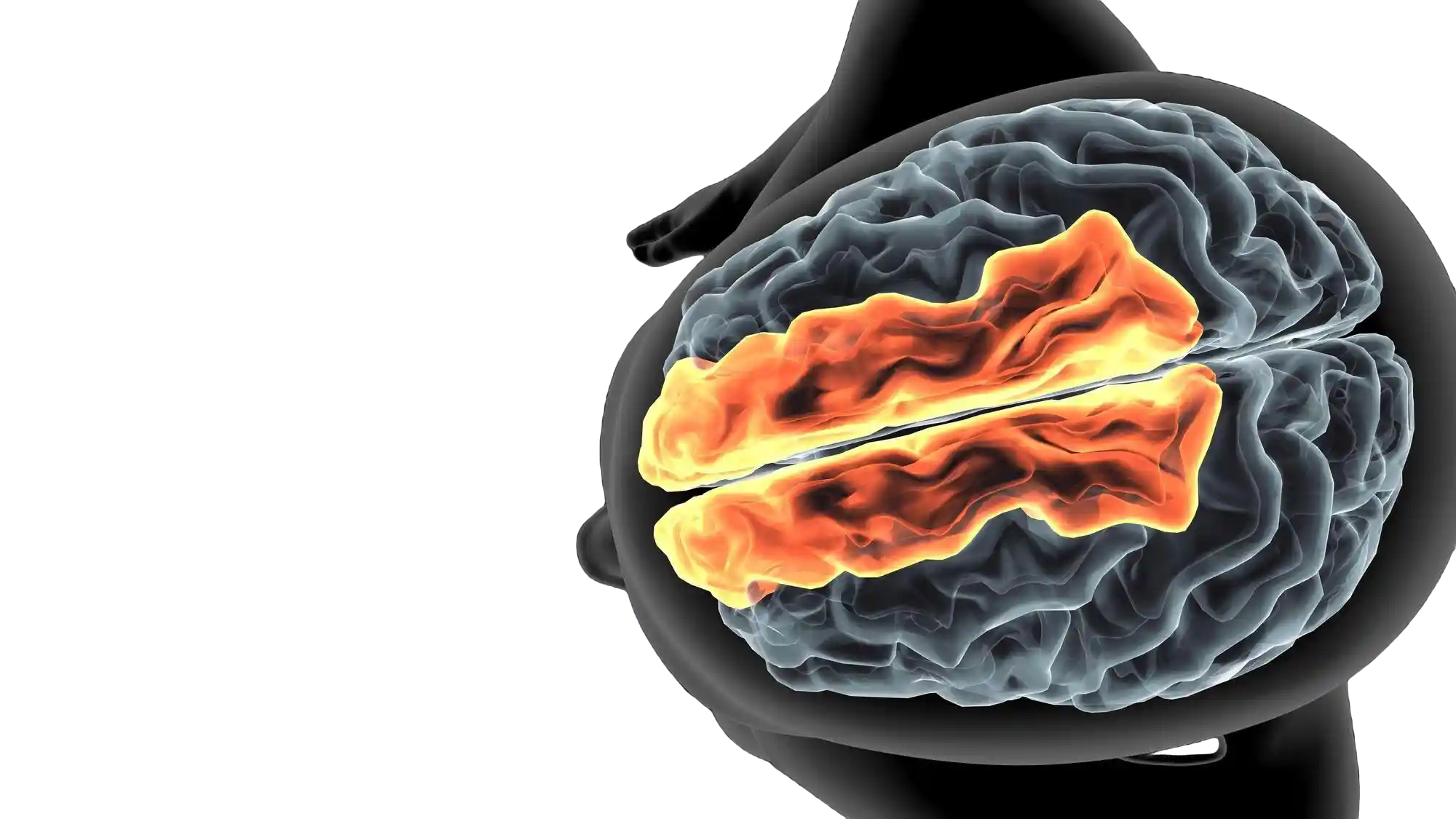Stroke
Understanding the Types, Causes, Symptoms, and Treatment

What is a Stroke?
A Stroke occurs when the blood supply to part of the brain is interrupted or reduced, preventing brain tissue from getting the oxygen and nutrients it needs. Within minutes, brain cells begin to die, making stroke a medical emergency requiring prompt treatment to minimize brain damage and complications.
Key Differentiators
- Stroke is a leading cause of disability worldwide.
- Prompt recognition of symptoms and treatment can save lives and reduce disability.
- Classified into ischemic, hemorrhagic, and transient ischemic attacks (TIAs).
- Risk factors can often be managed or prevented.
Symptoms
Recognizing the symptoms of a stroke early can save lives. Common symptoms include:
- Sudden numbness or weakness, especially on one side of the body
- Difficulty speaking or understanding speech
- Blurred, double, or loss of vision
- Severe headache with no known cause
- Loss of coordination, balance, or dizziness
- Confusion or disorientation
Remember FAST: Face drooping, Arm weakness, Speech difficulty, Time to call emergency services.
Causes and Risk Factors
Strokes are typically caused by:
- Ischemic Stroke: Blockages in brain blood vessels caused by clots or fatty deposits.
- Hemorrhagic Stroke: Ruptures in blood vessels due to high blood pressure or aneurysms.
- Transient Ischemic Attack (TIA): A temporary blockage or “mini-stroke” that resolves within minutes or hours.
Risk factors for stroke include:
- High blood pressure
- Smoking
- High cholesterol
- Obesity and inactivity
- Diabetes
- Excessive alcohol consumption
- Family history of stroke
- Heart disease or atrial fibrillation
Treatment Options
Treatment for stroke depends on the type, timing, and severity of the stroke. Common treatments include:
- Ischemic Stroke: Intravenous thrombolysis (clot-busting drugs such as tPA) or mechanical thrombectomy to remove blockages.
- Hemorrhagic Stroke: Surgical interventions to stop bleeding or relieve pressure in the brain.
- Rehabilitation: Physical, occupational, and speech therapy to aid recovery.
- Medications: Blood thinners, anticoagulants, or antihypertensive drugs to prevent future strokes.
Surgical Interventions
In some cases, surgical intervention is necessary to treat the underlying cause of a stroke. Common procedures include:
- Mechanical Thrombectomy: A catheter-based procedure to physically remove a clot from the brain's blood vessels.
- Carotid Endarterectomy: Surgery to remove plaque buildup from the carotid arteries in the neck.
- Craniectomy: Surgery to relieve pressure caused by swelling in the brain.
What to Expect as a Patient
The impact of a stroke varies from patient to patient, depending on the severity and location of the stroke. Common experiences include:
- Weakness or paralysis on one side of the body
- Difficulty speaking or understanding language
- Changes in mood or emotions, including depression
- Impaired memory or cognitive abilities
- Challenges with daily tasks, such as eating or walking
Recovery often involves a multidisciplinary approach, including physical therapy, psychological support, and lifestyle changes.